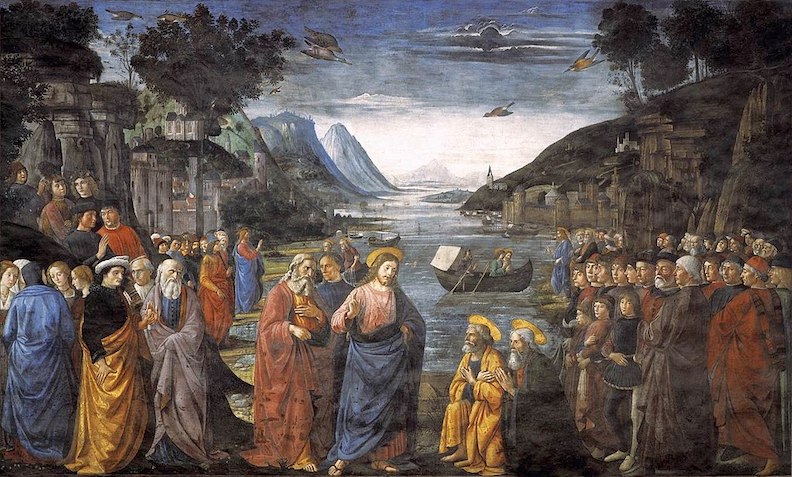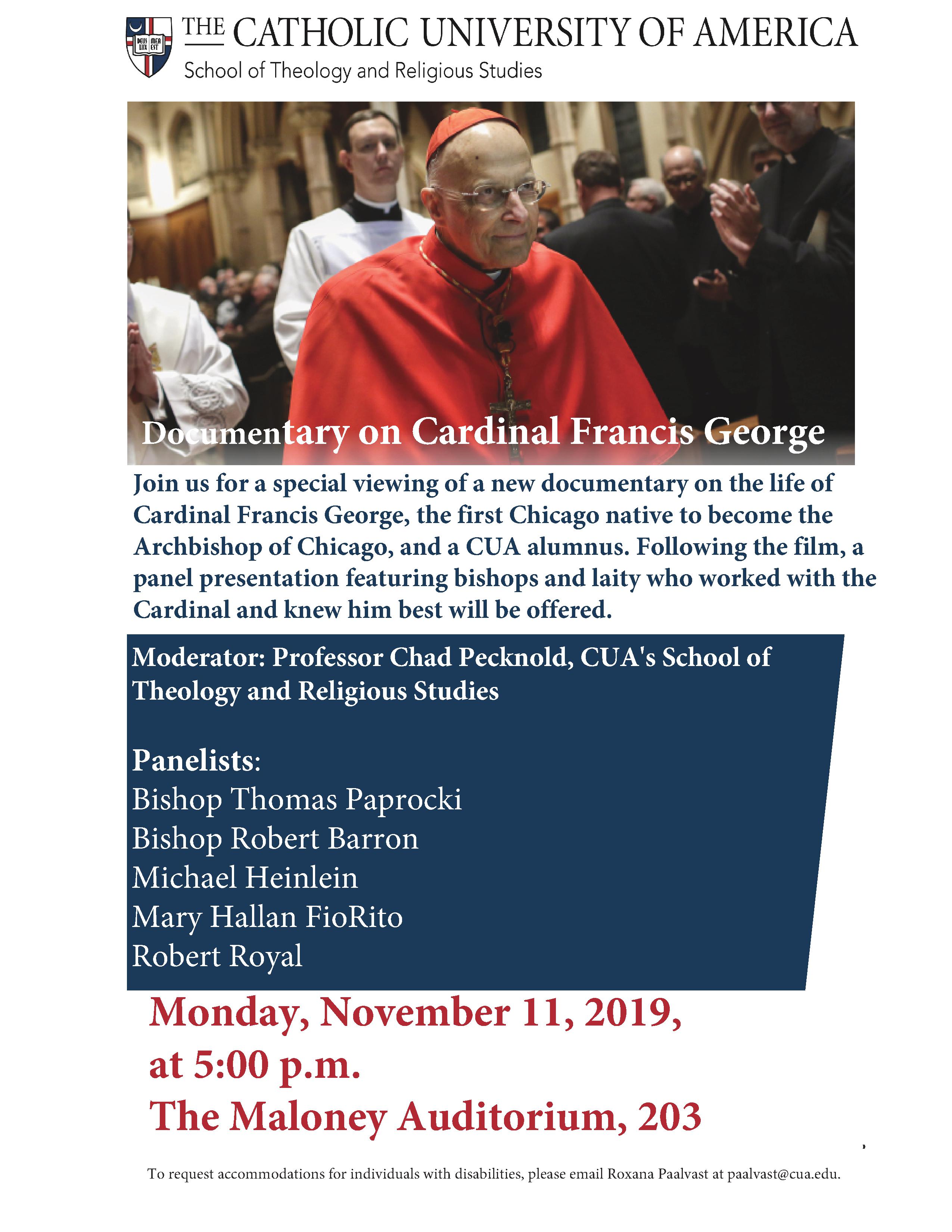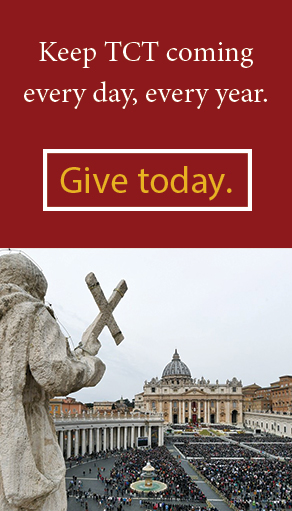I argued previously here even before the Amazon Synod began that the Instrumentum Laboris for the now-completed Synod understood inculturation as primarily the call to adapt or accommodate the Catholic faith to the Amazonian cultures. This understanding remains unchanged in the Final Document, Chapter III, which calls for “cultural conversion.”
Here is a representative sample of such statements:
Our conversion must also be cultural, to become the other, to learn from the other. To be present, to respect and recognize its values, to live and practice inculturation and interculturality in our proclamation of the Good News. §41
Inculturation is the incarnation of the Gospel in indigenous cultures. . .and at the same time the introduction of these cultures into the life of the Church. §51
When the missionary and pastoral agent brings the word of the Gospel of Jesus, he identifies himself with the culture. . . .The indigenous world with its myths, narratives, rites, songs, dance and spiritual expressions enrich the intercultural encounter. . . .The evangelization of the Church is not a process of destruction, but of consolidation and strengthening of these values; a contribution to the growth of the “seeds of the Word”. . .present in various cultures. §54; also §43
Proclaiming the Good News of Jesus implies recognizing the seeds of the Word already present in cultures. The evangelization that we propose today for the Amazon is the inculturated proclamation that. . .promotes the life of the Church with an Amazon identity and face. §55
What stands out in these passages is that inculturation is the unqualified identification of the Gospel with the indigenous culture and its cultural values in which we discern the “seeds of the Word” (semina verbi). Missing are the specific criteria telling us how the Church identifies the “seeds of the Word.”
Yes, the document does say without explanation that the Church, in general, seeks “to discern the voice of the Spirit who leads the Church . . . in the light of the Word of God and of Tradition.” Ok, let us hear the Word of God. St. Paul urges us, “Do not quench the Spirit. Do not despise prophecies.” (1 Thess 5: 19-20) St. Paul insists, however, that discernment is also critical. “[T]est everything; hold fast what is good. Abstain from every form of evil.” (5: 21-22)
How, then, do we identify the counter-values of the indigenous culture, distinguishing good from evil? The document does not raise this question. What about superstition? Strong shamans (men) and master potters (women) who purport to exert control in human affairs through their knowledge of “spirit forces”? What about the religious-cosmological structures of the Amazonian Quechua religions?
One must conclude that the Final Document’s approach to these matters is uncritical because it lumps them into the single category of “indigenous theology,” myths, rites, etc., as “spiritual expressions [that] enrich the intercultural encounter.” Again, no effort is made here to follow the Pauline imperative of critical discernment. Vatican II (Ad Gentes 22) gave a three-fold criterion of discernment for the assumption of cultural values: “they contribute to the glory of the Creator, manifest the grace of the Savior, or contribute to the right ordering of Christian life.”

Furthermore, are there, then, just good cultural values? What about the death-dealing cultural practices of infanticide, child sacrifice, cannibalism, and child-killing among certain tribes of the Amazon culture? Colonialism cannot be blamed for these practices.
Moreover, may we treat these good values – whatever they may be – as “neutral goods” abstracted from the religious-cosmological understanding of the indigenous peoples?
One gets the impression that the Church is being exclusively and one-sidedly transformed – converted! – to the values of the culture in the process of inculturation.
Vatican II’s theology of inculturation includes two dimensions: not only the clarifying and critical transformation of good cultural values, purifying them from their embeddedness in the culture’s counter-values, and hence from evil, and restoring to them their full meaning in light of the Christian faith, but also the insertion of the Christian faith in the indigenous culture.
The first principle of inculturation is found in Gaudium et Spes §22, proclaiming that the point of reference from whence is disclosed the mystery of man, of history and culture, is only in the crucified and resurrected Christ.
I have also written here about the former dimension, involving a clarifying and transformative transposition of good cultural values in light of Scripture and Tradition. This transposition involves the “Spoils from Egypt” trope, utilized by St. Augustine, St. John Henry Newman, St. John Paul II, and Vatican II (e.g., Ad Gentes, Lumen Gentium).
There remains to say something about the purpose of critically inserting the Christian faith in the concepts and languages of the indigenous culture. The Final Document correctly sees this as not just an option but rather a necessity. Indeed, Gaudium et Spes §44 refers to this as the “law of evangelization.” This law has been misunderstood, however, as an ongoing effort to recontextualize and reinterpret the Christian faith in the concepts and languages of the culture, leaving us with a doctrinal relativism.
Vatican II’s “law of evangelization” may only be properly understood when the alternative but complementary – rather than conflicting – formulations of revealed truths show a deeper penetration, better understanding, and more suitable presentations of those truths, of the revealed mysteries of the Catholic faith (cf. Unitatis Redintegratio §17).
These formulations, according to St. John XXIII, Vatican I, and St. Vincent of Lérins, must remain, in the words of the last named figure, within the “proper limits, i.e., within the same dogma, the same meaning, the same judgment [in eodem scilicet dogmate, eodem sensu eademque sententia].” Although the truths of the faith may be expressed differently, we must always determine whether those re-formulations preserve the same meaning and mediate “the same judgment,” and hence the material continuity, identity, and universality of those truths, even when reformulations bring correction, modification, and complementation.
Thus, the Synod’s final document misunderstands inculturation and the “law of evangelization,” and continues to sow confusion.
*Image: The Vocation of the Apostles by Domenico Ghirlandaio (and workshop), 1481-82 [Sistine Chapel]

















